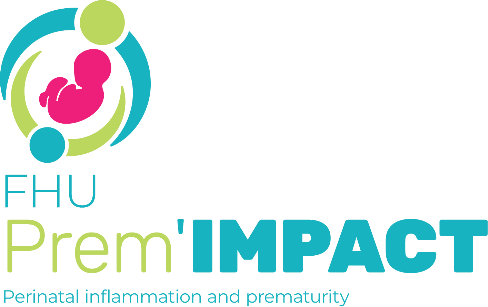Abstract
Glyphosate (G)-based herbicidal formulations, such as the most commonly used one, Roundup (R), are major pesticides used worldwide on food and feed. Pregnant women may be frequently exposed to R compounds. These are composed of G, which is declared as the active principle, and other products contained in formulations, named formulants, which have been declared as inerts and diluents by the manufacturers. These formulants have, in fact, been demonstrated to be much more toxic than G, in particular to placental and embryonic human cells. In this work, we thus compared the effect of G and a GT+ formulation named R, using placental perfusion ex vivo. R, but not G alone, was demonstrated to alter the placental permeability of a known small model molecule, antipyrine. Similar results were observed for the fetal venous flow rate. The transfer of G alone increases with time, but is significantly decreased in presence of its formulants. The perfusion of R provokes a destruction of fetal vessels, as demonstrated by immunohistochemistry. Formulants obviously alter the fetal-placental circulation and placental integrity according to time of exposure. Therefore, G does not appear to be the main toxic agent of R. Formulants, although undeclared, include polyoxyethanolamines, PAHs, or heavy metals, and may be responsible for this toxicity. These compounds are also present in other pesticides. The progressive blood flow reduction due to the toxic compounds of formulations may diminish the nutrient supply to the fetus, alter the development, and may enhance the poisoning effects. Although these are preliminary results, they could at least partially explain some adverse pregnancy outcomes in mothers exposed to pesticides or other environmental pollutants. The debate on glyphosate alone is proven insufficient for the understanding of the toxicity.
